Comprehensive Literacy State Development (CLSD): State Literacy Plan Findings from CLSD Grantees
Goal
A cornerstone of the CLSD program is the development of state literacy plans (SLPs) to define states’ approaches to comprehensive literacy instruction.
This professional learning module (PLM) provides information about the status of CLSD grantees’ SLP development, commonalities across existing plans,
and legislation that supports the plans and implementation efforts.
Objectives
In reviewing this module, participants will:
- Understand the status of each CLSD grantee’s state literacy plan
- Identify key components of state literacy plans
- Recognize the legislation enacted to support state literacy plan implementation
- Use discussion questions to reflect on the statuses and contents of SLPs
How to Use this Professional Learning Module
This PLM offers details about current SLPs and legislation from CLSD grantees. Using the interactive map and the exhibits below, you will learn about an
individual state and notice commonalities across states. As you review the PLM with your team, the following questions may guide reflection and discussions about the content of SLPs.
- If our state has an SLP, what elements does it contain? Are they similar to or different from those listed here?
- If our state does not have an SLP, what elements would we want to include?
- (After selecting two to four SLPs to review in detail):
- What are the benefits and drawbacks of the different SLP organizational structures? What might we add or change in our plan as a result?
- What are the differences in level of detail for the literacy frameworks? What are the benefits and drawbacks of the different approaches? What might we add or change in our plan as a result?
- How is literacy-related legislation and policy referenced in each SLP? What might we add or change in our plan as a result?
- What next steps does our team need to take based on the information presented in the PLM?
About CLSD
The CLSD program awards state education agencies (SEAs) funds to advance literacy skills—including pre-literacy skills, reading, and writing—using
evidence-based practices, activities, and interventions. The grants must serve children from birth through grade 12, with an emphasis on
disadvantaged children, including children living in poverty, English learners, and children with disabilities. There are two CLSD SEA grantee cohorts,
including four direct grants to Outlying Areas (OAs) made annually: American Samoa (AS), Commonwealth of the Northern Marianas Islands (CNMI), Guam (GU),
and the Virgin Islands and an annual grant to the Bureau of Indian Education (BIE). Thirteen (13) SEA awards were made in FY 2019: Alaska (AK),
Arkansas (AR), California (CA), Georgia (GA), Hawaii (HI), Kentucky (KY), Louisiana (LA), Minnesota (MN), Montana (MT), New Mexico (NM),
North Dakota (ND), Ohio (OH) and Rhode Island (RI). Eleven SEA awards were made in FY 2020: Arizona (AZ), Colorado (CO), District of Columbia (DC),
Florida (FL), Louisiana (LA), Massachusetts (MA), Michigan (MI), Missouri (MO), Tennessee (TN), Texas (TX) and Wyoming (WY). In turn, the SEAs award
subgrants to local education agencies (LEAs) and early childhood organizations. As part of their CLSD grant applications, SEAs must have an SLP.
CLSD Grantees with State Literacy Plans and Literacy Legislation
Click on each highlighted state or outlying area below to view the CLSD grantee’s project information, SLP (if publicly available), and supporting resources and legislation.

